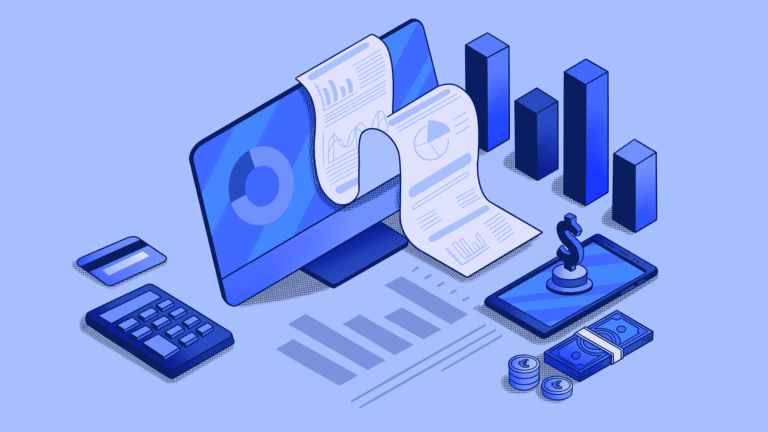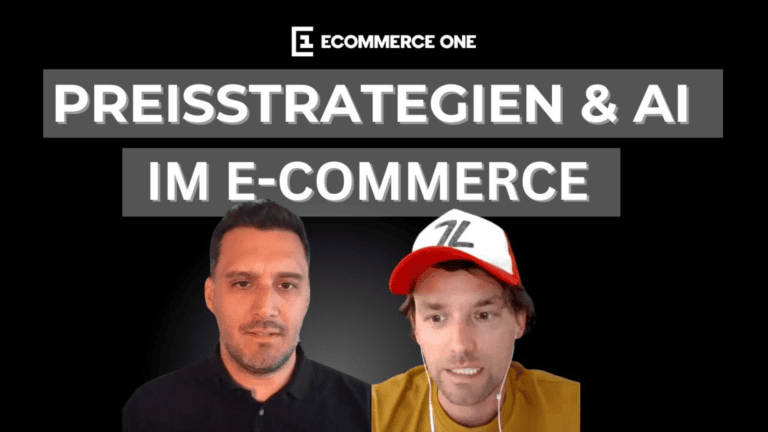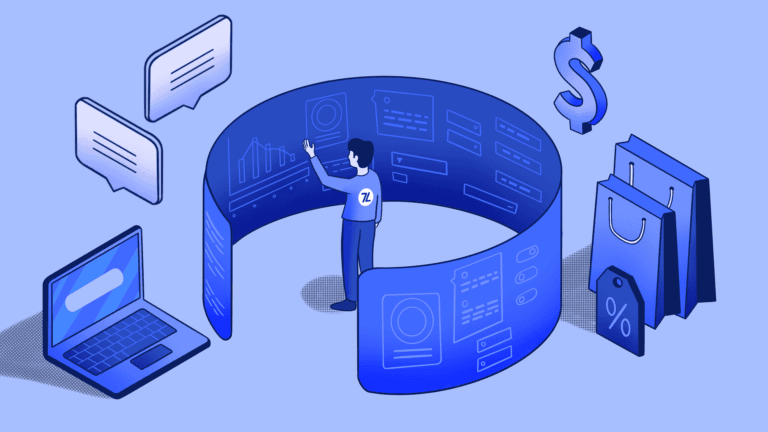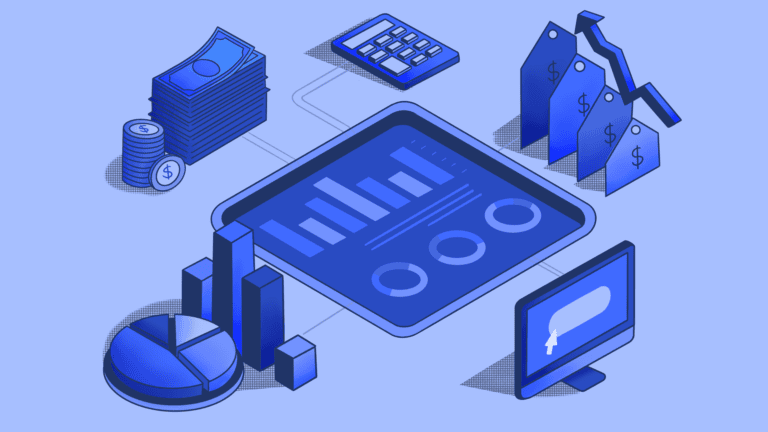Technology has changed the possibilities of retail pricing dramatically in the past few years. However, there are still lots of myths out there that limit retailers‘ pricing success. Let’s dissolve some of the most harmful pricing misconceptions and show ways how every retailer, big or small, can leverage technology to drive growth while improving customer satisfaction.
Myth #1: I need to increase prices to make more profit
At first glance, it’s a straightforward tactic to increase prices if you want to up your profit. However, customers are more price-sensitive nowadays, and markets change rapidly. What’s in demand today might not be as big a trend in a couple of months. Price increases might easily lower sales volume and sabotage any expected profit uplift.
If you want to boost profits, the better way to approach this is to identify products with a high price elasticity where a small decrease in pricing will have a big impact on sales. Yes, you will sell for a lower price and have less margin, but your overall profit will increase because of higher sales numbers. Price optimization tools are an enormous help in the discovery process of fitting products. Successful e-commerce retailers have been using this method for years. And with AI-based technology, it’s now easier than ever to fine-tune pricing for your company’s advantage.
Myth #2: The higher the frequency of price changes, the better
Retail markets are highly dynamic. Sometimes the willingness to pay for a product is higher, sometimes lower. It is therefore natural to think that frequent price adjustments (dynamic pricing) lead to better overall results. However, the frequency of price adjustments alone does not improve profitability.
Dynamic pricing is a powerful tool to improve margins, but retailers need to find the right timing and price point to make it work. Price changes during the peak season of a product will have a much higher effect on profits than arbitrary price fluctuations. In short, fewer but well-timed data-based pricing decisions beat frequent price changes based on intuition and little insight.
Also, retailers need to take the customer’s perception into account for sustainable success: If price adjustments seem unfair or random, they might lead to customer distrust and confusion, potentially harming brand loyalty and sales in the long run.
Myth #3: I need competitor prices to get started
Watching competitor prices can be helpful, but there are smarter ways to do business than to always be the cheapest option. In some niches, it is helpful to match competitor prices because price is the main decision factor for customers. However, there are lots of products where customers care little about buying cheap. Retailers need to find out first in which category their products belong, and then adjust their pricing strategy accordingly.
Maybe it would be helpful to know competitor prices, but retailers lack the insights, for example, in b2b industries. They can still improve their pricing strategy for maximum profits if they leverage their existing data on past customer behavior, product information, and market data. Not only to find the optimal price point but also to improve product strategy and brand positioning.
Myth #4: My case is unique, so I have to build my own algorithm
Many companies are skeptical if off-the-shelf AI pricing tools can deliver results for their private label product or niche market. What they miss is that those AI tools work independently of industry and business size. The broad categories of data that are important for the technology to deliver results are the same for every retailer.
If retailers develop their own algorithms, they need to master extracting relevant information from their data, i.e., estimating price elasticity, which is the difficult part of creating powerful AI-based pricing tools. They tend to underestimate the effort it takes to build such systems and run into technical problems that they often need external expertise to solve.
Even if there is no apparent problem with the algorithm, it’s difficult to assess the quality of your own pricing algorithm, as they are typically just tested against a previous version of the self-built system. Chances are high that its quality is subpar. Not to mention the risk that with a self-built algorithm, retailers highly depend on one or two internal specialists. When they leave, businesses are in trouble.
With off-the-shelf solutions, companies avoid all of these risks. That’s why we recommend partnering with a specialized provider for a proof of concept. The project will usually take no longer than three months, and first results will show after only a few weeks so retailers can judge on real-world results if they are satisfied with an off-the-shelf solution.
Myth #5: I need to invest in my data first to leverage AI
Investments in data infrastructure and data quality will benefit any company but – that’s a major pricing misconception – they are not necessary to reap the benefits of AI-based pricing optimization. Of course, artificial intelligence needs data to make reliable pricing recommendations. However, most retailers have enough internal data to see significant results immediately and make further improvements along the way.
7Learnings pricing solution is specifically designed to operate efficiently with minimal initial data. The algorithms are capable of compiling and analyzing internal and external data and evaluating their optimization results. Thus, the solution continually enhances its predictive accuracy and economic value. On average, companies achieve an increase in profits of around 10% after only a couple of weeks.
Myth #6: Pricing does not have a big commercial impact
Although it’s a common perception that pricing strategies are merely operational necessities without significant commercial impact, the opposite is true. Effective pricing strategies can play a critical role in the overall business success. A mere 1% improvement in pricing can lead to an 8% increase in profit, according to several studies, one of them conducted by McKinsey. With AI-based pricing tools, the impact is only growing. According to Gartner’s analysts, pricing is one of the highest-value use cases for artificial intelligence.
Intelligent pricing is, for sure, one of the most significant levers for retailers to increase profitability today. Investing in pricing know-how, resources, and tools is never a waste of money but a smart investment in financial growth and profit maximization. With state-of-the-art approaches, retailers can lower their overall price management costs, automate lots of tedious manual work, and reach their business goals faster.
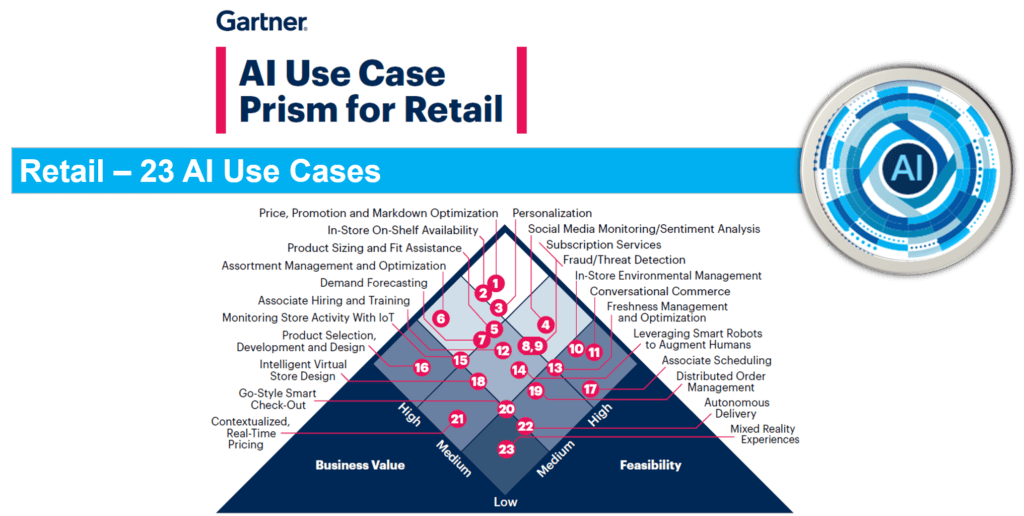
Conclusion: Counteract the damaging effect of pricing misconceptions
Retail pricing myths come in all shapes and sizes. Our list is far from exhaustive, but our 6 examples already show how damaging it can be for retailers not to regularly challenge their pricing beliefs. They miss out on new and more effective pricing strategies and risk losing their competitive edge. That’s even more true in the age of AI-assisted pricing.
If pricing misconceptions lead retailers to fail to integrate new technologies into their pricing, they will be at a significant disadvantage in the years to come. Predictive pricing will become mainstream across all industries. Human or rule-based pricing systems will no longer be able to compete with the power of intelligent algorithms. As technology evolves at a rapid pace, it’s more important than ever to stay agile, adapt internal pricing processes, and seek expert opinion to stay on top of the pricing game.
